Hello lovely people,
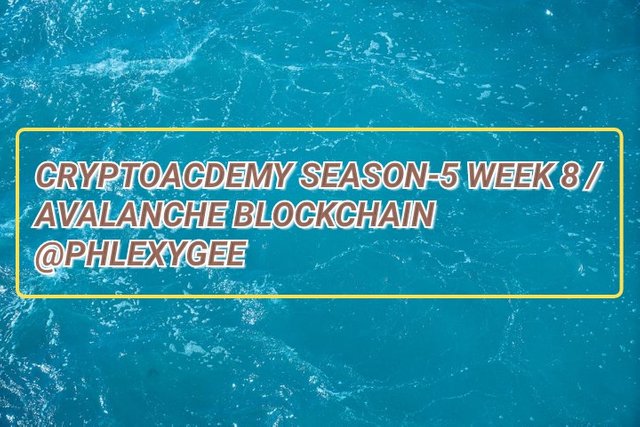 Made with iMarkup
Made with iMarkup
1. Explain in detail X-Chain, C-Chain and P-chain.
The X-Chain, C-Chain and P-Chain (Avalanche)
The X-Chain, C-Chain and P-Chain blockchains are a three variety of blockchains that constitute the Avalanche blockchain network.
The amalgamation and utilization of these three separate blockchains by the Avalanche blockchain helps it to achieve a high level of scalability.
Thus, these hybrid blockchains helps Avalanche to defeat the concept of blockchain trilemma by ensuring pure decentralization, high security and a high level of scalability concurrently.
Avalanche has an average TPS of 4,500 and 2 seconds transactional finality period, with low transactional fees, and this is attained with the help of the three merged blockchains.
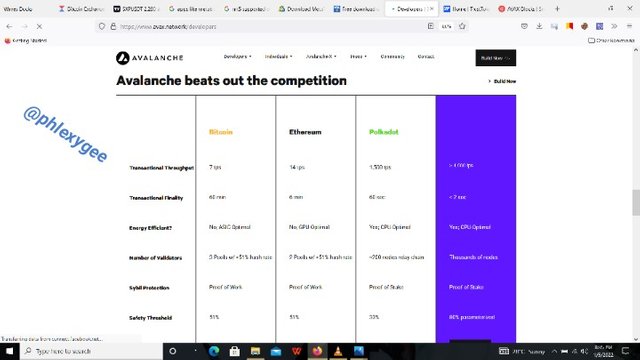 source This image is self-explanatory to the superiority of Avalanche in the blockchain arena
source This image is self-explanatory to the superiority of Avalanche in the blockchain arena
All the 3 sub-blockchains (X-Chain C-Chain and P-Chain) are validated and secured by the Primary Network (Avalanche).
The Primary Network is a special subnet, whiles all members of the custom subnets must be a member of the Primary Network by staking at least 2,000 AVAX.
Now let's take the three built-in blockchains that make up the Avalanche blockchain, one after the other, and throw more light on them.
The X-Chain is a decentralized platform that serves the purpose of creating and trading digital assets on Avalanche.
AVAX is one asset traded on the X-Chain, and when a user issue a transaction to a blockchain on Avalanche, he or she pays a fee or commission in AVAX.
As a part of Avalanche, it uses the Avalanche consensus mechanism, and as an Exchange Chain, all digital assets are managed within it.
With the X-Chain, all nodes work in parallel, with the basic aim of verifying confirmations made by other validators.
In simple terms, the main purpose of the X-Chain is to create and exchange assets.
C-Chain (Contract Chain)
The C-Chain network uses the Snowman consensus mechanism, and it enables the creation of smart contracts using the C-Chain’s API.
This Chain allows dApp developers to create smart contracts for their projects, and they Use the Ethereum Virtual Machine to initiate these contracts.
It enhances the development of any Ethereum-compatible applications and assets with lower fees and faster transactions. Smart contracts for dApps, NFT's and ERC-Tokens are generated.
Over here, the nodes are works linearly, unlike that of the X-Chain where the nodes work in parallel.
dApp developers have the opportunity to utilize the AVAX token for smart contracts, and the token can as well be used to settle gas fees.
P-Chain (Platform Chain)
The P-Chain is regarded as the metadata blockchain on Avalanche, and it coordinates validators, keeps track of active subnets, and enables the creation of new subnets.
Similarly to the C-Chain, the P-Chain implements the Snowman consensus protocol.
On the P-Chain, validators stake the AVAX token in order to secure the network.
The P-Chain API allows its clients to create subnets, add validators to subnets, and create new blockchains as well.
The P-Chain has the main purpose of coordinating validators and creating further subnets.
In addition to the above explanations, all the three blockchains are default on Avalanche in terms of their purpose, and we should note that the AVAX token can be transferred from each of the Chain to the other by using the Avalanche noncustodial Wallet.

2. Explore the Avax Network platform . Screenshots required.
To explore the AVAX Network platform, we need to visit www.avax.network and we will successfully get in touch with the beautiful interface of the platform.
In fact, upon opening the page, I came across a lot of options and information of which I may not be able to explain all in details in this work. Therefore, I will highlight on the salient aspects.
At the upper section there contains options such as Developers, Individuals, Avalanche-X, Press, Community, Contact and Build Now.
Each of the options has a subsection with the exception of Community, Contact and Build Now. Probably, Build Now is displayed all over the platform, and I think that is to draw the attention of people about the main purpose of the platform. Thus, to build blockchains and dApps at a lower fees, and on a faster pace.
- The Developers section compromise of Validators and Start Building.
Validators
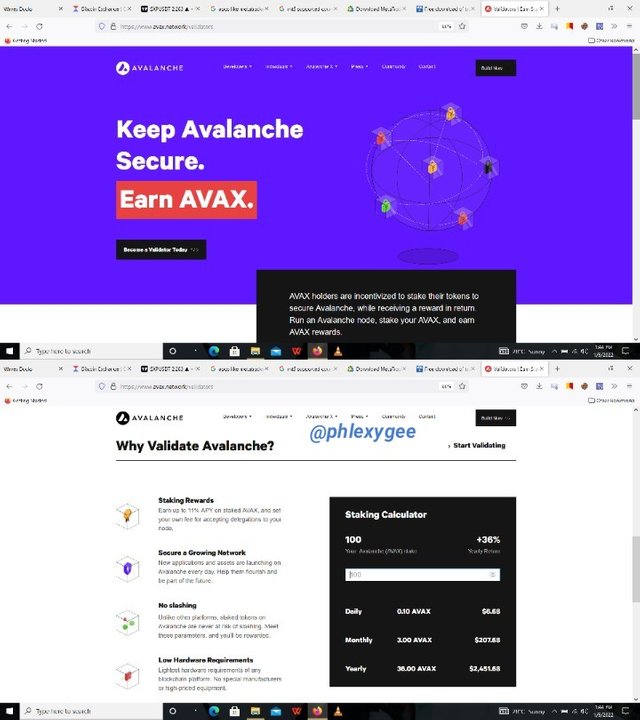 source
source
Start Building
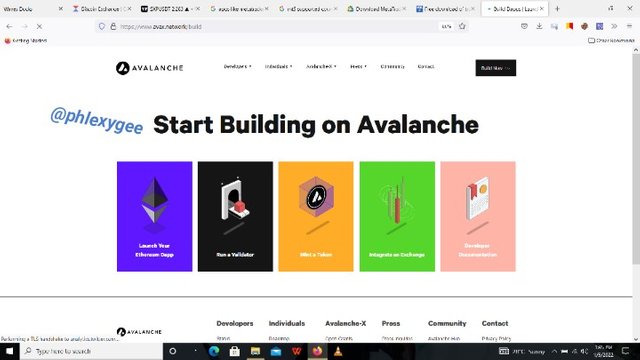 source
source
The Validators and Start Building subsections enable users to stake their AVAX tokens for a period of time to secure the Avalanche network, of which they receive rewards in return. Developers or users get the opportunity to learn and launch their Ethereum related dApps, run a validator, mint a token etc.
Other Start Building aspects to learn or get an overview of Avalanche are Integrate an Exchange and Developer Documentation.
- The second section is Individuals. Individuals entails Roadmap, Solutions, Ecosystem, Avalanche Wallet, Avalanche Explorer and Avalanche Bridge.
- Solutions encourage developers or people to build on Avalanche in order to create powerful, reliable and secure dApps together with public or private blockchain networks with complex rulesets.
Thus, it throws more light on the use cases of Avalanche, with regard to its successful projects such as Pangolin, Snowball, TrueUSD, Ryval, Gameswap, Topps etc.
- The Roadmap column displays each 3 months achievements and development of Avalanche within a year.
- Avalanche Explorer enables users to have a view of the recent X-Chain and P-Chain network.
- With the Avalanche Wallet, new users get the opportunity to create new Avalanche Wallets, whiles existing users can access their Wallets there.
- The Avalanche Ecosystem really entails a lot, as we can see from the image below.
- Avalanche Bridge enable users to connect other wallets such as MetaMask, Coinbase Wallet etc.
- Avalanche-X is the third, and it contains Explore Open Grants and Submit a General Proposal.
People with ideas to grow and collaborate on Avalanche receives invitation over here.
- The Press section is the fourth, and it entails Press Inquiries and Press & Media Assets.
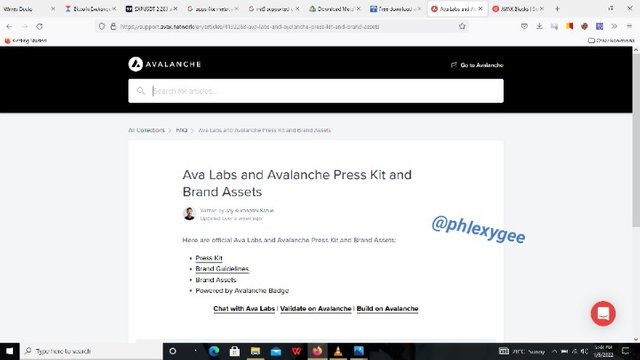
- Community is the fifth. The community section paves the way for people around the world to join the international community that are building on Avalanche. Users join the community by using email.
I joined the community, yeah I love to explore and contribute in great projects. We join
- Contact is the last, but one, section. The contract aspect allow people to contact the Avalanche team through e-mail in relation to their services.
- Build Now is related to the Start Building section.
In the Middle section of the page, there is the display of news about Avalanche, Projects that have been built or are being built on the system, Block Explorer and information about the AVAX token. The comparison of Avalanche with other blockchain networks, the creation of Wallet and its Roadmap have already been pondered on.
The Bottom section of the page add extra information or details to the above-mentioned sections.
Users also have the opportunity to join Avalanche social media handles such as Twitter, Telegram, Discord etc. through the Avalanche Network.
I joined the Discord platform as well.
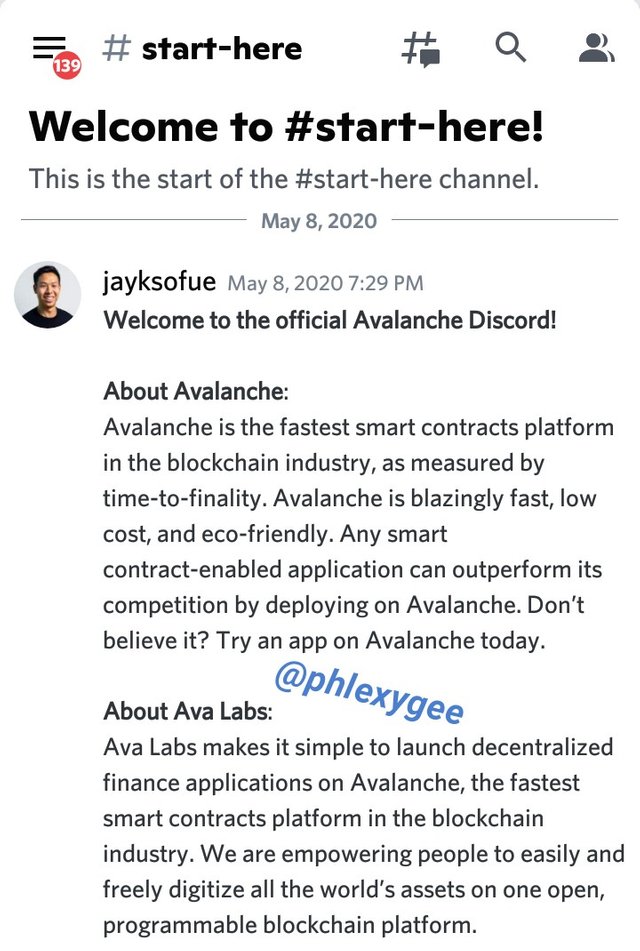 screenshot taken from Discord
screenshot taken from Discord
To summarize my exploration, I noticed that the AVAX Network platform has numerous opportunities and offers for blockchain project developers and individuals.
The platform gives general overview of Avalanche, and It helps visionary and zealous developers to build and launch fast and low cost (Ethereum) dApps, variety of blockchains and encourage AVAX staking by AVAX holders.
In fact, I almost forgot that I was operating on a blockchain network, the system (Avalanche) is highly scalable, without any doubt.

3. Show the last verified contract in the C-Chain network and show the Smart Contract that was generated at that address. Screenshots required.
To show the last verified contract in the C-Chain network and show the Smart Contract that was generated at that address, we have to simply visit www.snowtrace.io or click on C-Chain from the Avalanche block explorer, and it will lead you to snowtrace.io
The page will open with a display of AVAX PRICE, LATEST BLOCK, MARKETCAP etc.
We can search for a block at the search box, but since we are interested in the last verified contract together with its generated smart contract, we should navigate to the top section of the page, and click on Blockchain in between Home and Tokens.
A dropdown will appear with other options, but we will only click on Verified Contracts
After clicking, a page will appear and display the last 500 verified contracts in the C-Chain network accordingly.
- In my case, ThorusBond had the last verified contract. I clicked on the address and below is the Smart contract that was generated at that address.

4. Explore the last block generated in the C-Chain network. Screenshots required.
To explore the last block generated in the C-Chain network, we will follow similar procedures as we did with the verified contracts, but with the last block, we will only click View Blocks from the Blockchain section.
After clicking, a page will be displayed with the last block generated in the C-Chain network.
By the time I checked, the last block generated in the C-Chain network was generated in 3 seconds ago, as displayed.
We then click on the block address, in order to get extra information such as Block Height, Timestamp, Transactions, Burned Fees etc. with regard to the last block generated in the C-Chain network.

5. Explain in detail the Avalanche consensus protocol and the Snowman consensus protocol.
consensus mechanism is a set of certain rules and functions that makes it possible for validators to reach to an agreement, and ensure effective and efficient function of the blockchain network.
Probably, there are three approaches that have been created and implemented throughout history. Thus the Classical consensus, Nakamoto consensus and Avalanche.
Since we are interested in Avalanche, I will ponder on Avalanche and its sub-consensus (Snowman consensus)
Avalanche Consensus Protocol
There is a difference between the Avalanche consensus protocol and other consensus mechanisms such as PoW (Bitcoin), PoS (Ethereum), etc. in the sense that, Avalanche uses a Directed Acrylic Graph (DAG).
Unlike in some consensus mechanisms were a consensus is reached randomly or based on competition, DAG enables transactions to be process in parallel.
With a Directed Acrylic Graph, the individual transactions provide validation for one another, and the network users are both miners and validators, although they can't validate their own transactions. This helps to decrease the fees level in a DAG.
Avalanche uses all nodes to validate and process transactions, and transactions are confirmed once they are finalized by the nodes.
The avalanche consensus protocol do not guarantee the creation of blocks, instead transactions referred to as vertices are displayed.
Snowman Consensus Protocol
The Snowman consensus is an improved version of the Avalanche consensus, and it is powered by the Avalanche consensus mechanism, but it doesn't work with parallel nodes as in the case of the Avalanche Consensus. Avalanche secures the P-Chain and C-Chain through the Snowman consensus.
There is linear order of transactions and the creation of blocks in this particular consensus mechanism.
The Snowman consensus helps Avalanche to achieve a distributed consensus on the chain without depending on any trusted third party.

Conclusion
Avalanche is a great and powerful blockchain platform that helps in the upbringing of other blockchain projects.
It has achieved the three components of blockchain simultaneously without risking any, thus a network that is decentralized, secured and highly scalable, and this achievement is attained with the help of the three built-in blockchains.
With Avalanche, Blockchain Trilemma is nowhere to be found.
Thank you Prof. @pelon53 for such interesting topic.
I hope we meet next season.
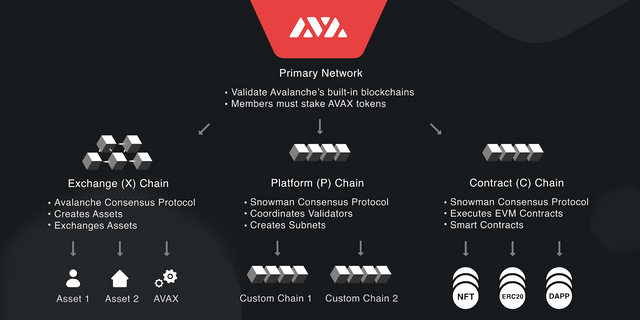

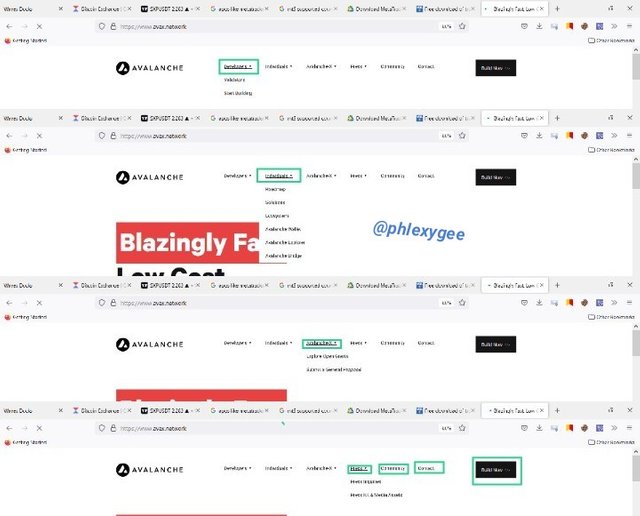
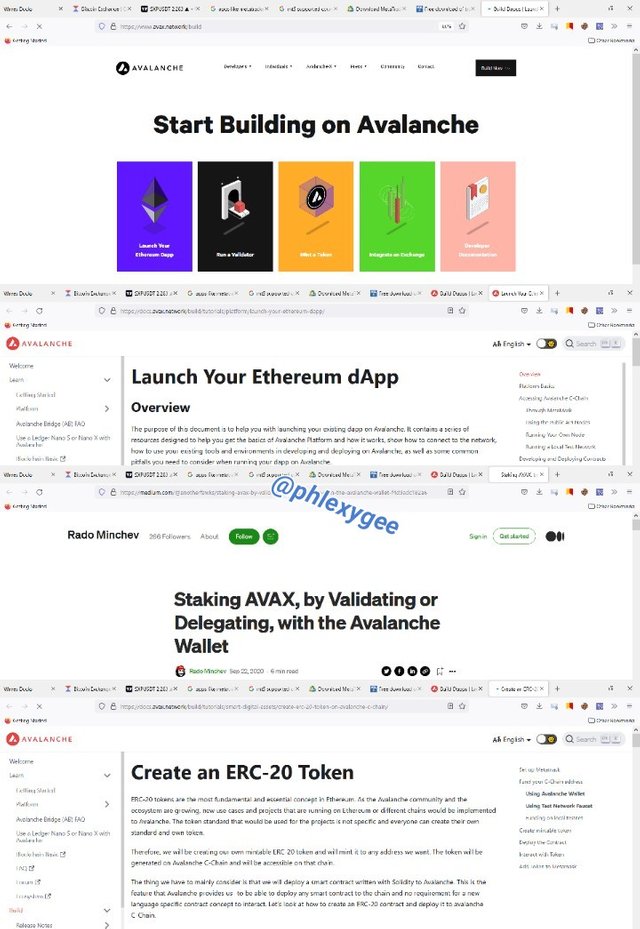
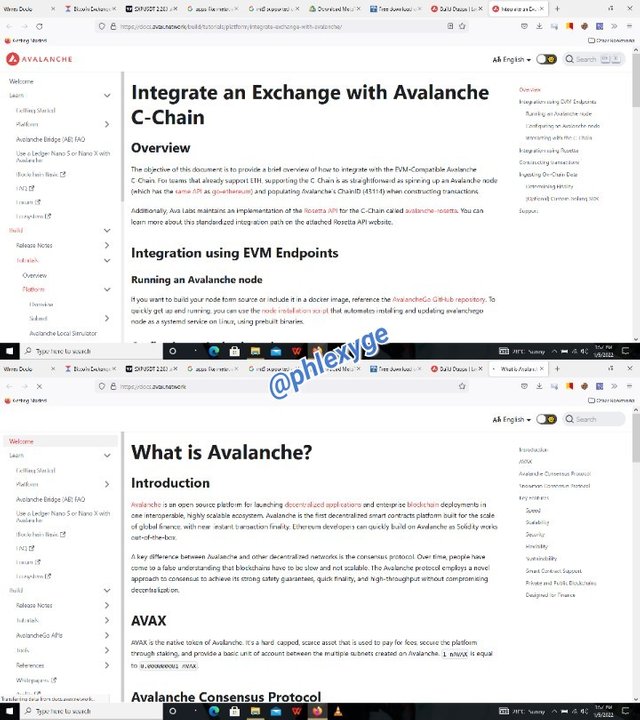
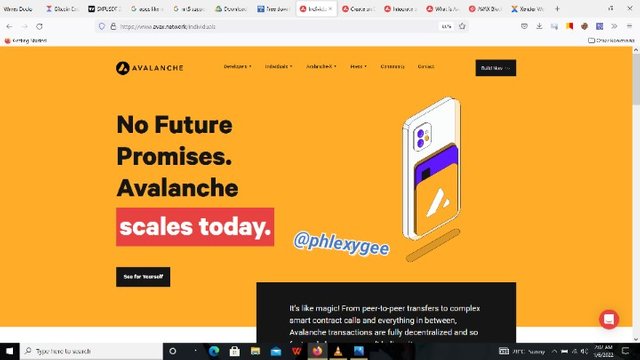
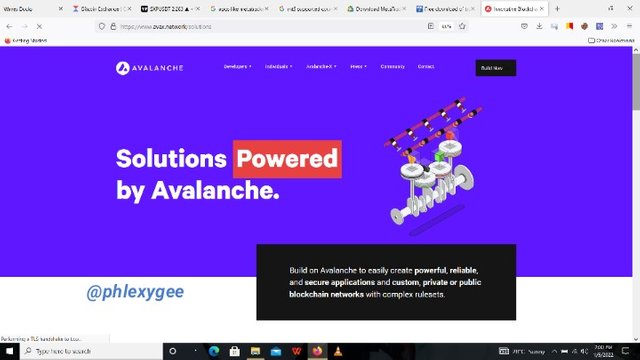

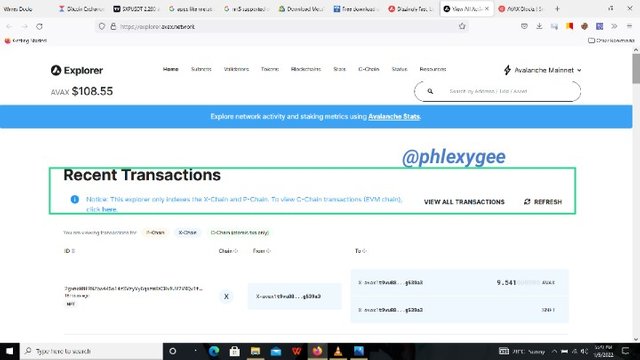
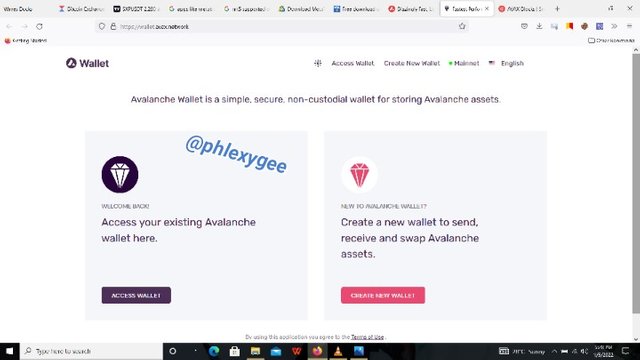
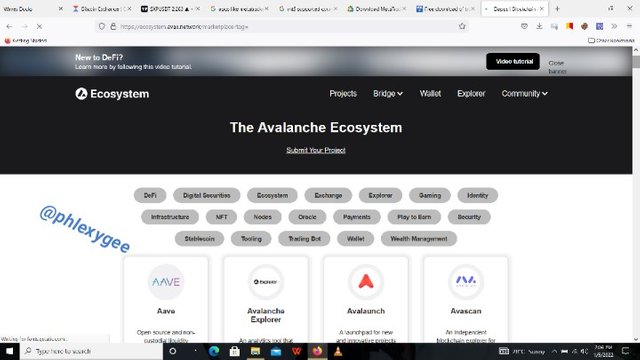
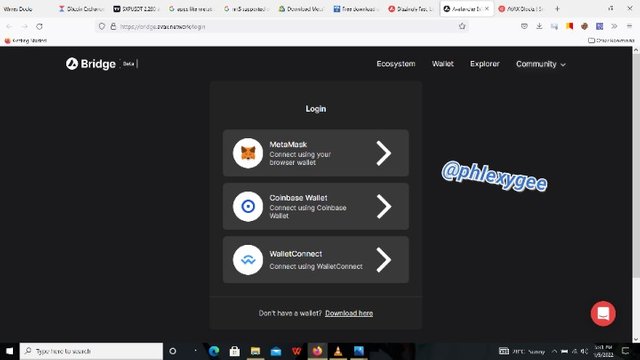
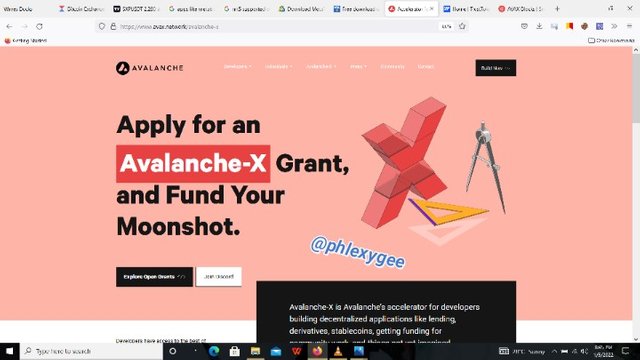
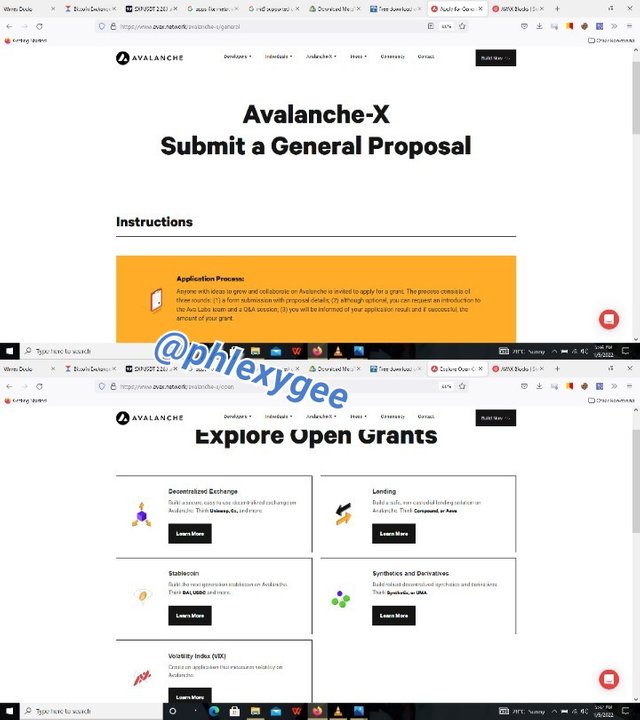
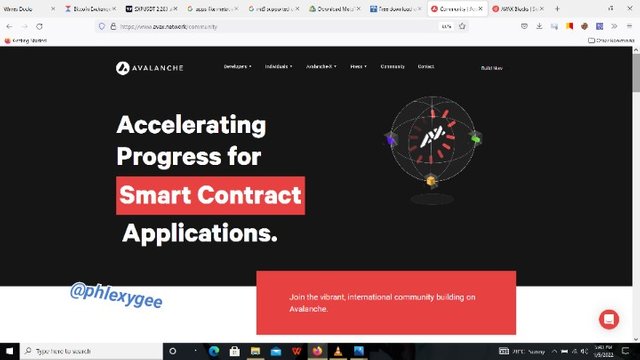
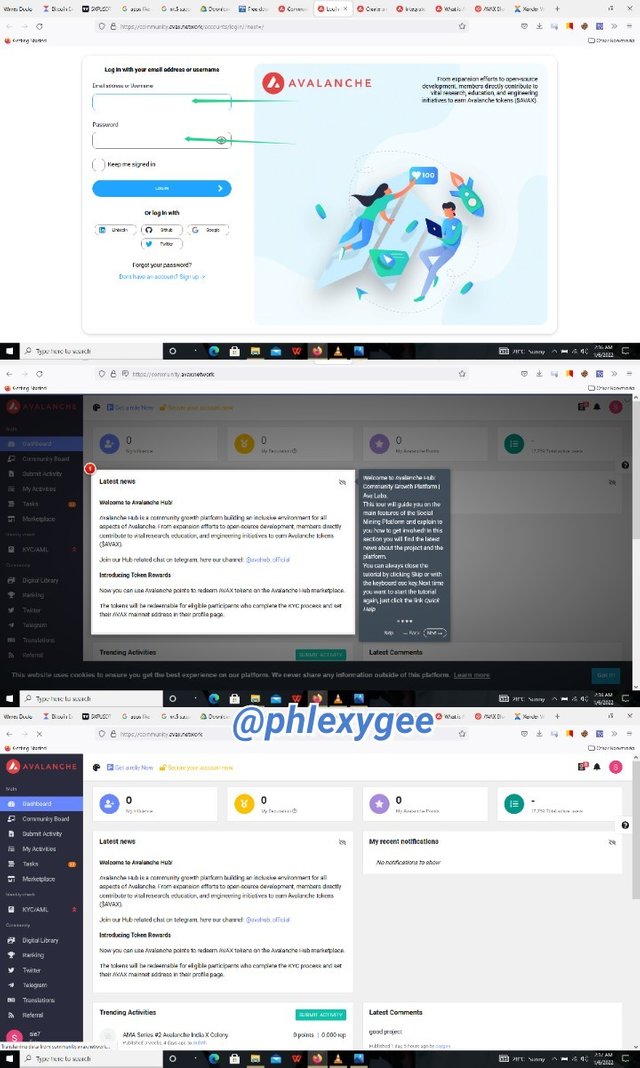
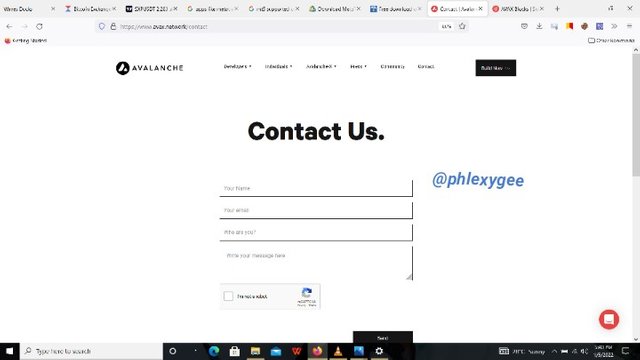
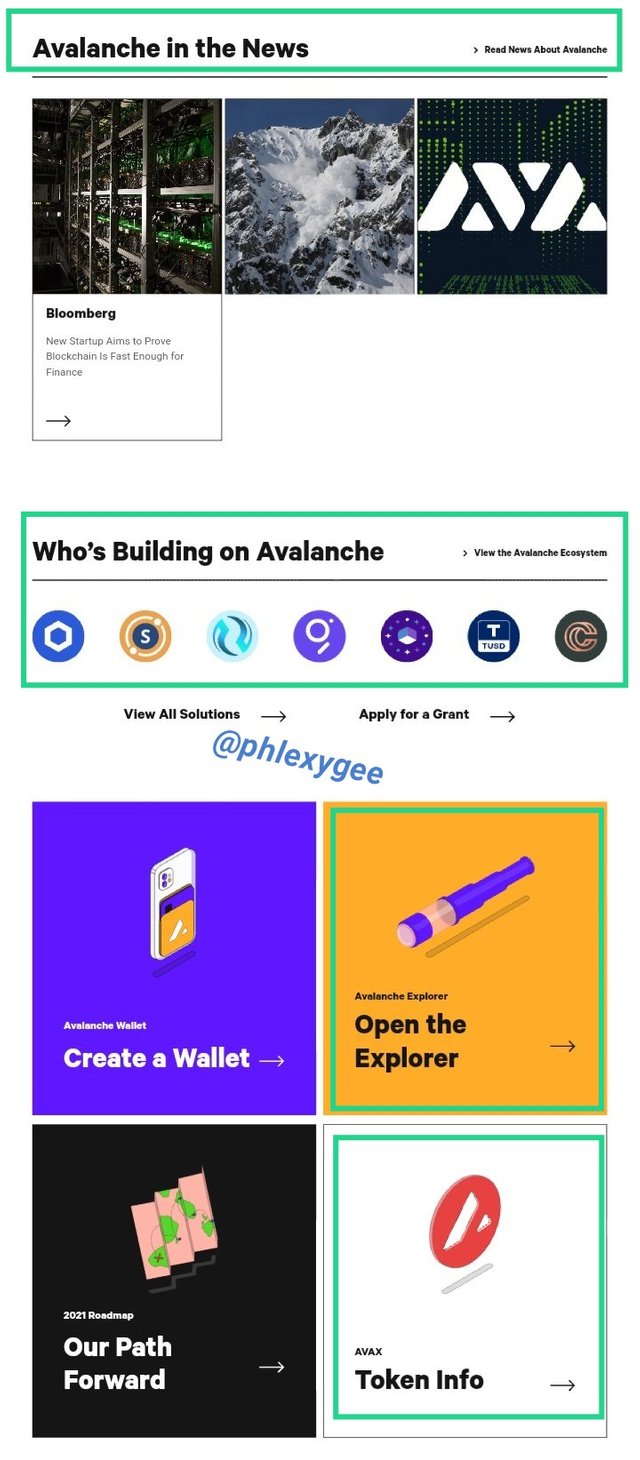
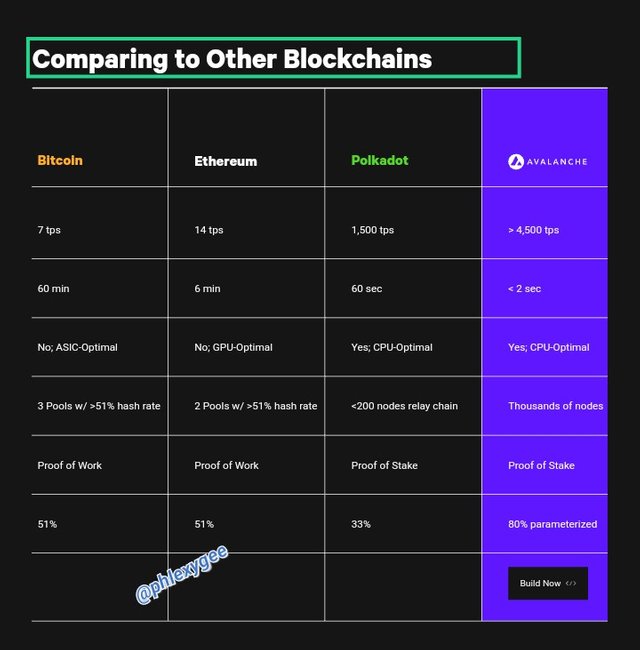
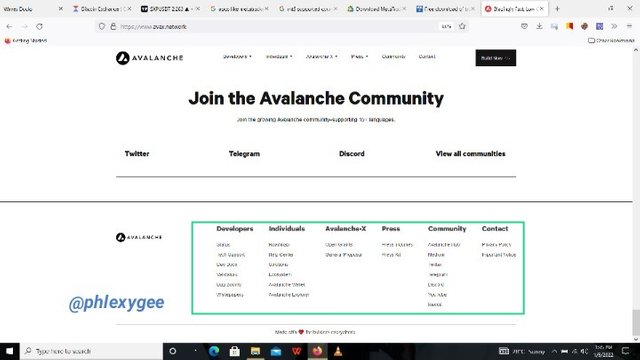
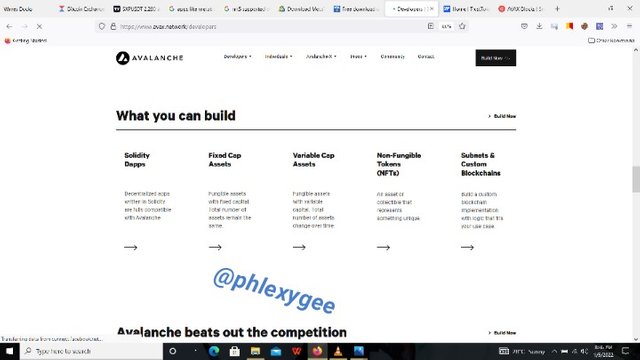
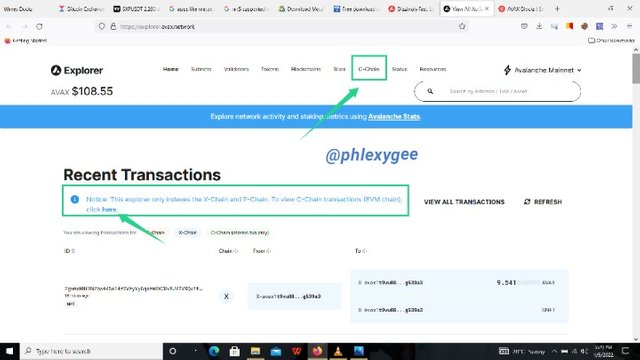
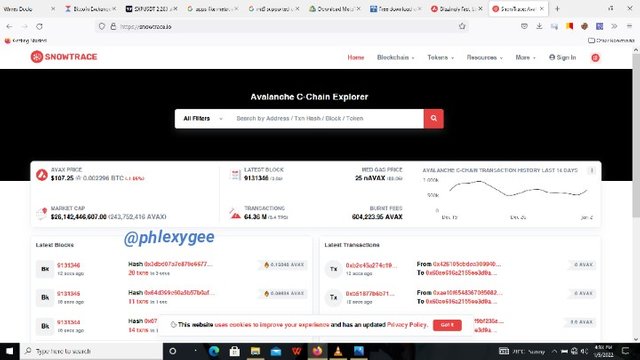
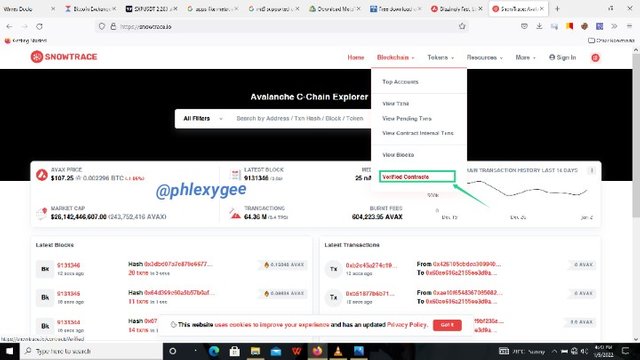
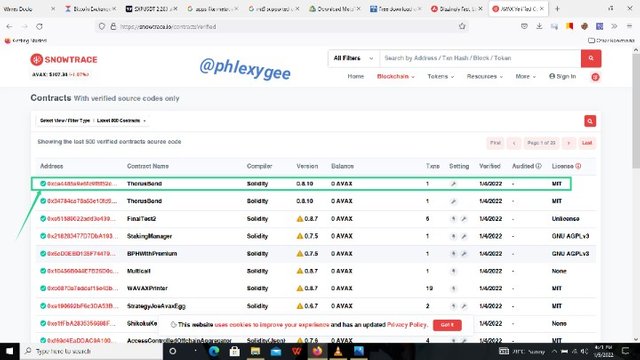
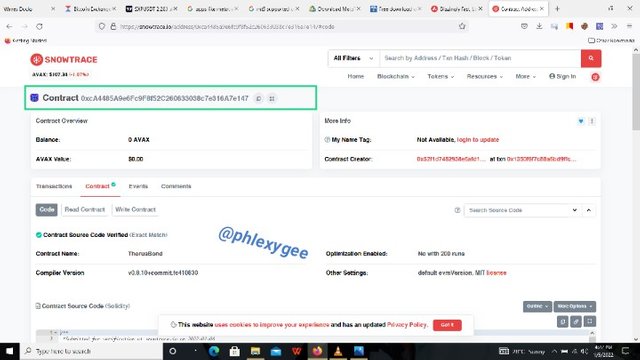
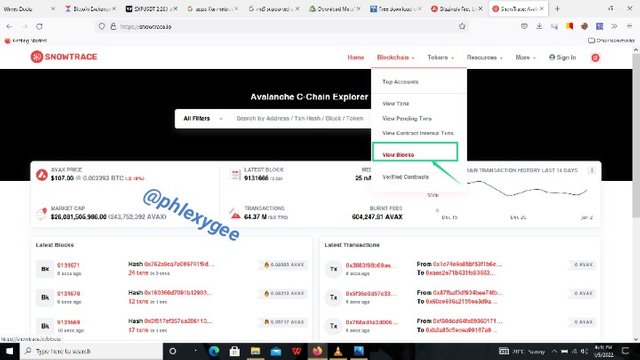
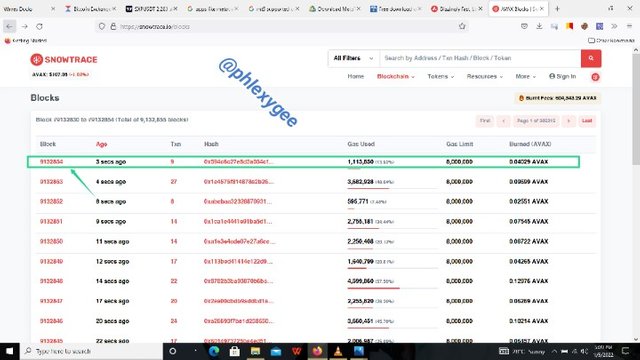
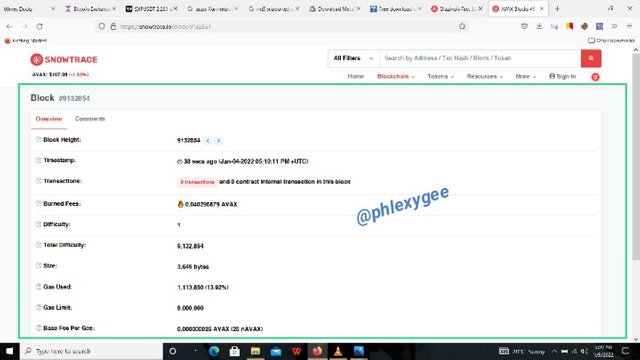
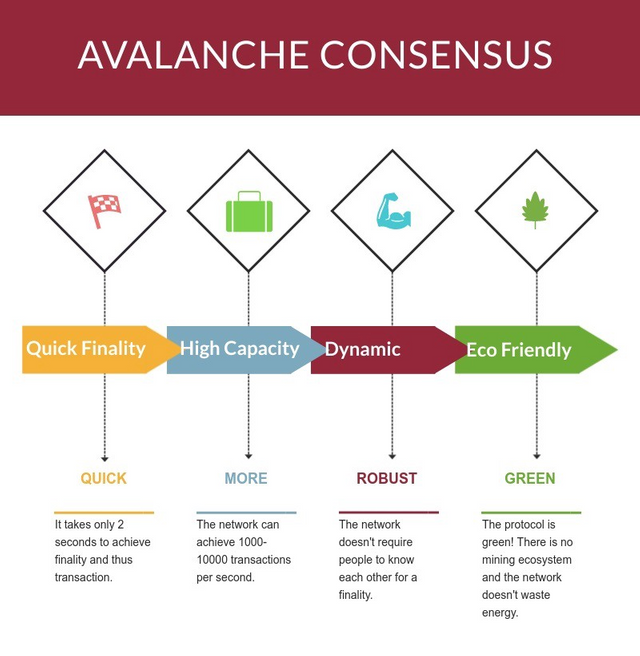
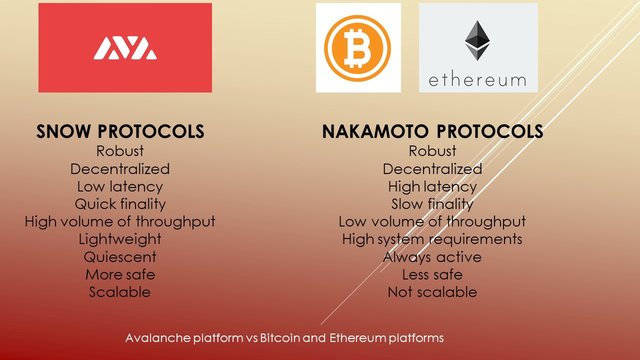.jpeg)